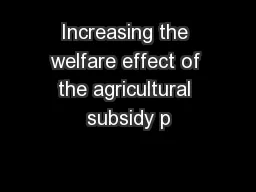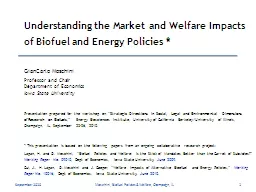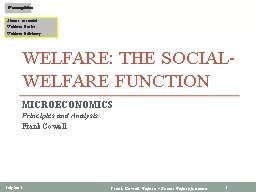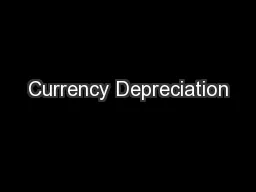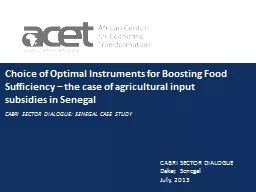PPT-Increasing the welfare effect of the agricultural subsidy p
Author : faustina-dinatale | Published Date : 2016-07-22
Macedonia Dr Marjan Petreski UNCTAD Vi seminar on trade and poverty 810 September 2014 G eneva Switzerland Agenda Introduction of researcher and policymakers Background
Presentation Embed Code
Download Presentation
Download Presentation The PPT/PDF document "Increasing the welfare effect of the agr..." is the property of its rightful owner. Permission is granted to download and print the materials on this website for personal, non-commercial use only, and to display it on your personal computer provided you do not modify the materials and that you retain all copyright notices contained in the materials. By downloading content from our website, you accept the terms of this agreement.
Increasing the welfare effect of the agricultural subsidy p: Transcript
Download Rules Of Document
"Increasing the welfare effect of the agricultural subsidy p"The content belongs to its owner. You may download and print it for personal use, without modification, and keep all copyright notices. By downloading, you agree to these terms.
Related Documents

